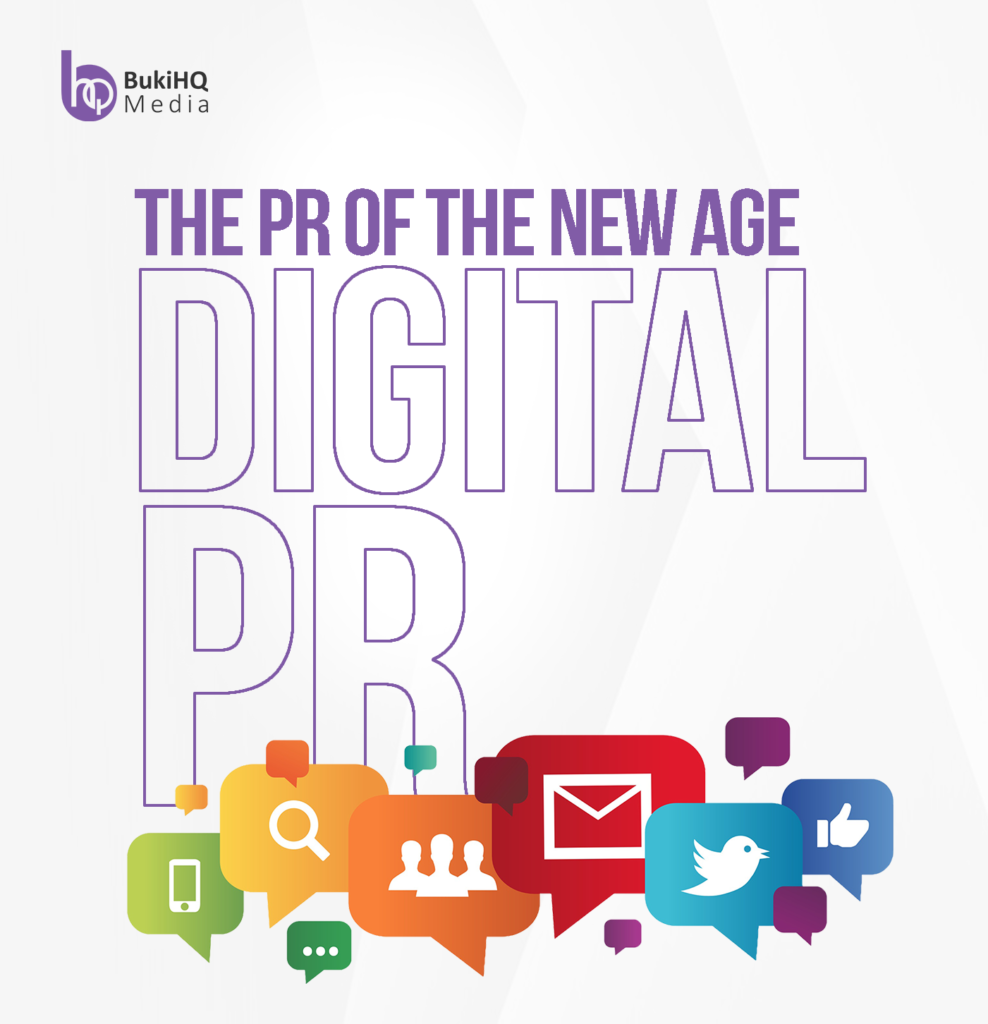
Over the years, PR has evolved and adapted to digitalization and without a doubt, the birth of Digital PR which can simply be put as the evolution of PR practices.
The importance of Digital PR however, cannot be overemphasized as it is considered as a potent strategy that a brand can benefit from. Hence, Digital PR refers to the strategically planned activity of using internet-based methods or digital tools, and channels to achieve a greater online presence and visibility.
Nowadays, the fact remains that the majority of people come in contact with brands in the online scape, and some of the channels/potential touchpoints include the likes of Social Media Platforms, Google searches, podcasts, blogs, forums and review sites. Therefore, to gain that visibility and presence, PR professionals no longer rely solely on traditional media to disseminate their messages effectively. Rather, they ensure a brand is present and presented positively by utilizing the digital channels its audience uses.
In digital PR, the key elements to use to accomplish the desired visibility and image, and also to reach and impact a much larger audience are:
- Content marketing
- Search engine optimization (SEO)
- Social media
- Influencer marketing
Digital PR vs. Traditional PR
For a better understanding of what Digital PR is, it is necessary to take a look at how it differs from traditional PR. Achieving and maintaining a positive brand image is what both have in common. Moreover, traditional and digital PR differ in the approach and tactics used to achieve an objective. Traditional PR mainly includes the use of Print-based publications, radio, and television as sources of information, hence the approach used in Traditional PR to gain visibility and a good image for a client is to get them in newspapers, magazines, and shows to their target audience.
However, as technology has evolved and made way for new communication channels and information sources, a shift to digital media has happened.
Digital PR is direct and two-way communication that is not limited by time and location, unlike traditional PR which is one-way communication. Another advantage of Digital PR is the ability to connect with others and form online communities based on common topics and interests, which traditional PR cannot provide.
Another essential point is that, with Digital PR, you have the opportunity to become the source of information and provide feedback as well.
Next, let’s take a look at some common Digital PR strategies that can be employed in creating a good image or creating the desired visibility for a brand.
- Ensure you share newsworthy press releases to ensure publicity and press features.
- Build your network with editors, journalists, influencers and bloggers.
- Gaining high-quality backlinks from websites, online publications and reviews.
- Cross-promoting content across owned media e.g websites, social media, blogs etc.
- Securing opportunities for interviews and sharing expert opinions.
Nevertheless, some of the strategies stated above can be used in the traditional PR scope, however, the dynamism of these approaches have gained a new, digital dimension.
To sum it all up, Digital PR helps expose your brand to more people within your target market and enhances your credibility.

